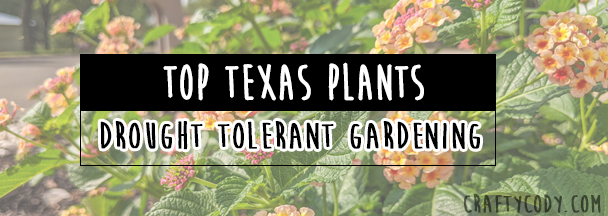We’re in for a hot summer here in Texas. We’ve already had multiple 100-degree days and it’s only July. The last thing I want to do is stand outside watering plants.
My favorite plants are anything hands-off. People think I have a green thumb, but what I actually have are plants that handle neglect well.
I’ve touched on landscape design before and it’s certainly important when planning out your garden. However, today I’m going to talk about specific plants and how to care for them.
I’m going to be writing about plants that do well specifically in my area of Texas but don’t worry! I’ll tell you how you can find plants that thrive where you live too.
Where did I learn about plants?
I’m currently a Master Gardener trainee and only a few volunteer hours short of getting my certification. There are Master Gardener programs all over the country. Your state’s agricultural school will most likely be the one sponsoring it.
You’ll attend several hours of classes typically set up like a semester of school and then be required to complete a set number of volunteer hours. For instance, I have to complete 50 volunteer hours to get my certification, then it’s 15 hours per year after that.
It’s a lot of fun and a great way to get involved in your community. You’ll meet tons of people and learn all kinds of interesting gardening techniques.
Before joining the MG program, I relied on Google and trial-and-error (I still do). There is so much information out there if you look for it.
What zone you’re in and why it matters
It’s important to use plants that are meant for your zone’s climate. The zone rating is a cold hardiness rating, not heat. Meaning if you’re in zone 5 you can plant things that do well in zone 4, but not from zone 6. It gets too cold where you are and those plants would freeze. You could keep them in pots and bring them in in the winter, however.
I’m in zone 8, so I can plant just about anything from lower zones, but it’s too cold here for the tropical plants of zones 9, 10, etc. Weird to think of Texas as “too cold”.
Earth-Kind rating
Earth-Kind rating, or EK, is a system used in Texas to help determine what plants will do well in a specific area. A number between 1-10 is assigned to a plant with 10 being the best. This rating takes many things into account like heat tolerance, water requirements, soil requirements, pest tolerance, and fertilizer requirements. Basically, the less finicky the plant is, the better the EK rating. You can use this search to find plants in Texas that will do well where you’re at. Search by your zip code to get the best results.
For my hands-off garden, I chose a bunch of 8-10 EK-rated plants mainly from the list of Texas superstars, which are primarily native and adapted plants that thrive here. The superstars are the best of the best and require little to no maintenance.
Planting natives is a great way to have a big, beautiful garden that you do not have to tend to. They grow wild without human interaction and can survive in your area’s soil/rainfall on their own. I’m not a big fan of fertilizer and anything I can grow without the need for it, I do it.
Plants I love
There are quite a few plants I absolutely love, but I’ll condense them down into my favorites. It’ll be a good jumping-off point for getting your garden started.
These are plants I’ve had for over a year and I can attest that they have survived winter and are coming back.
Lantana
Ah, the tried-and-true lantana. These are staples in many Texas gardens and are used in corporate landscapes as well. They get big, bushy, and produce tons of color.
I have ‘Confetti’ and ‘Dallas Red’ varieties in my front yard, but there are many varieties to choose from. They need full sun but are drought and heat tolerant. Super low maintenance and very hard to kill. They spread a couple of feet and are great accent plants.

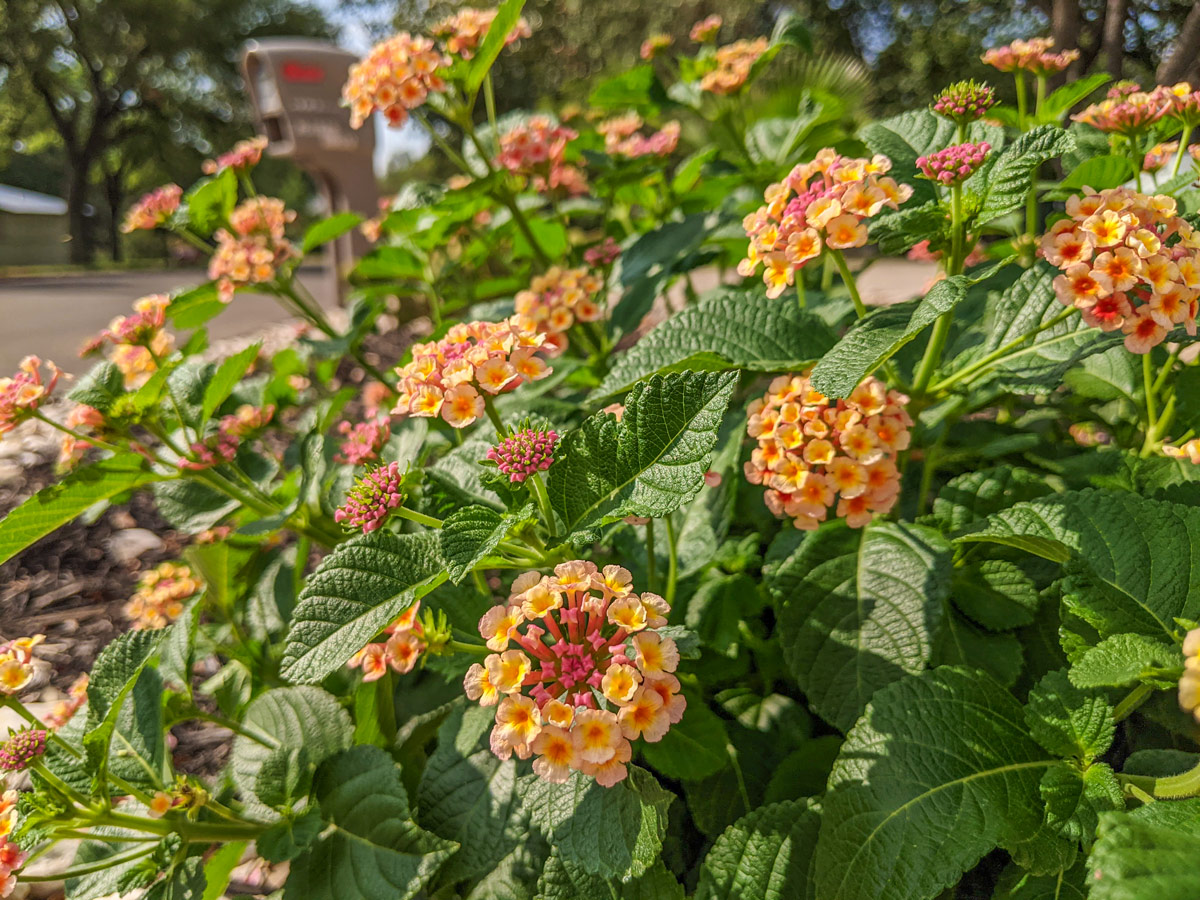
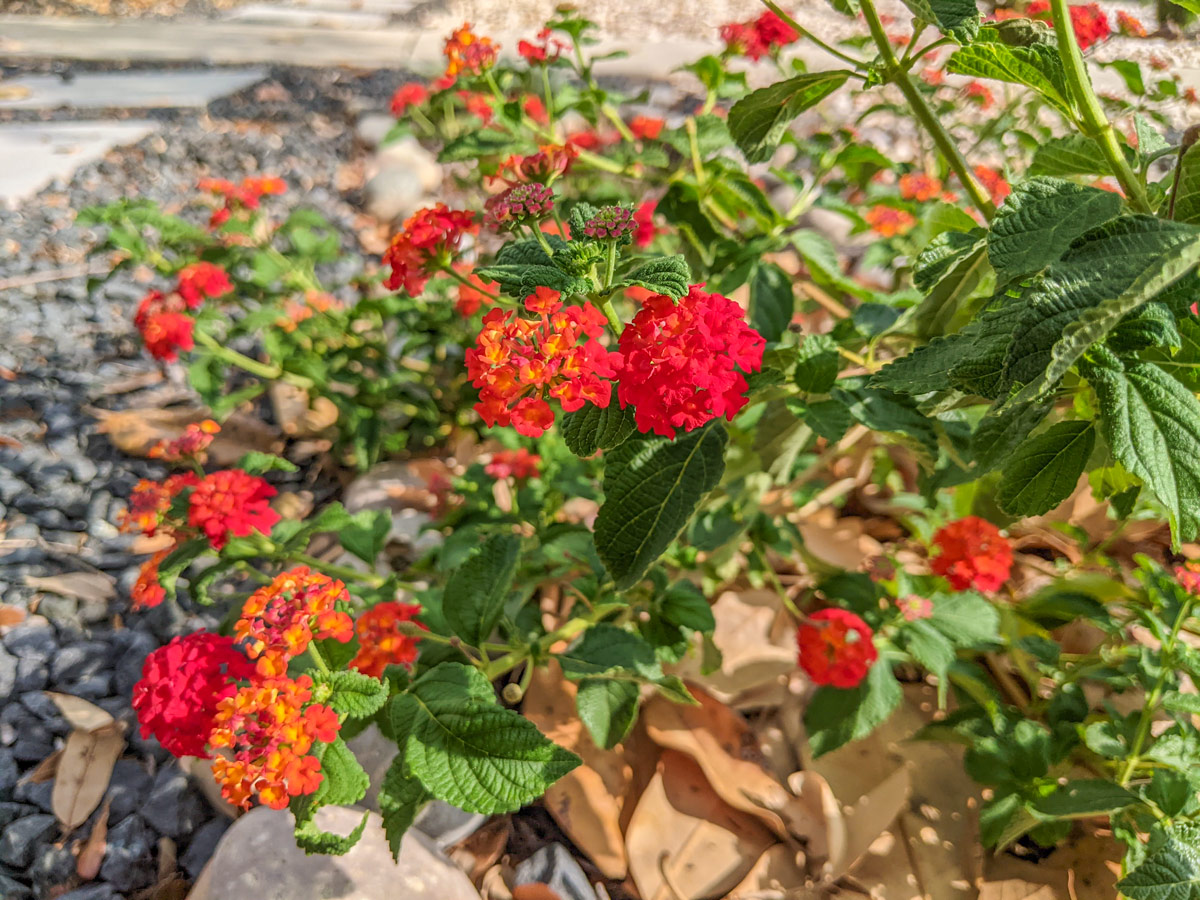
Salvias and Sages
There are so many varieties of salvia and sages that I could make a whole post focusing on just them.
I’m growing Mealy Blue Sage and Mystic Spires Blue Salvia. Most varieties have light green leaves and spikes of flowers from light blue to purple. Bees love them. Plant where they will get full sun and give them room to get bushy.
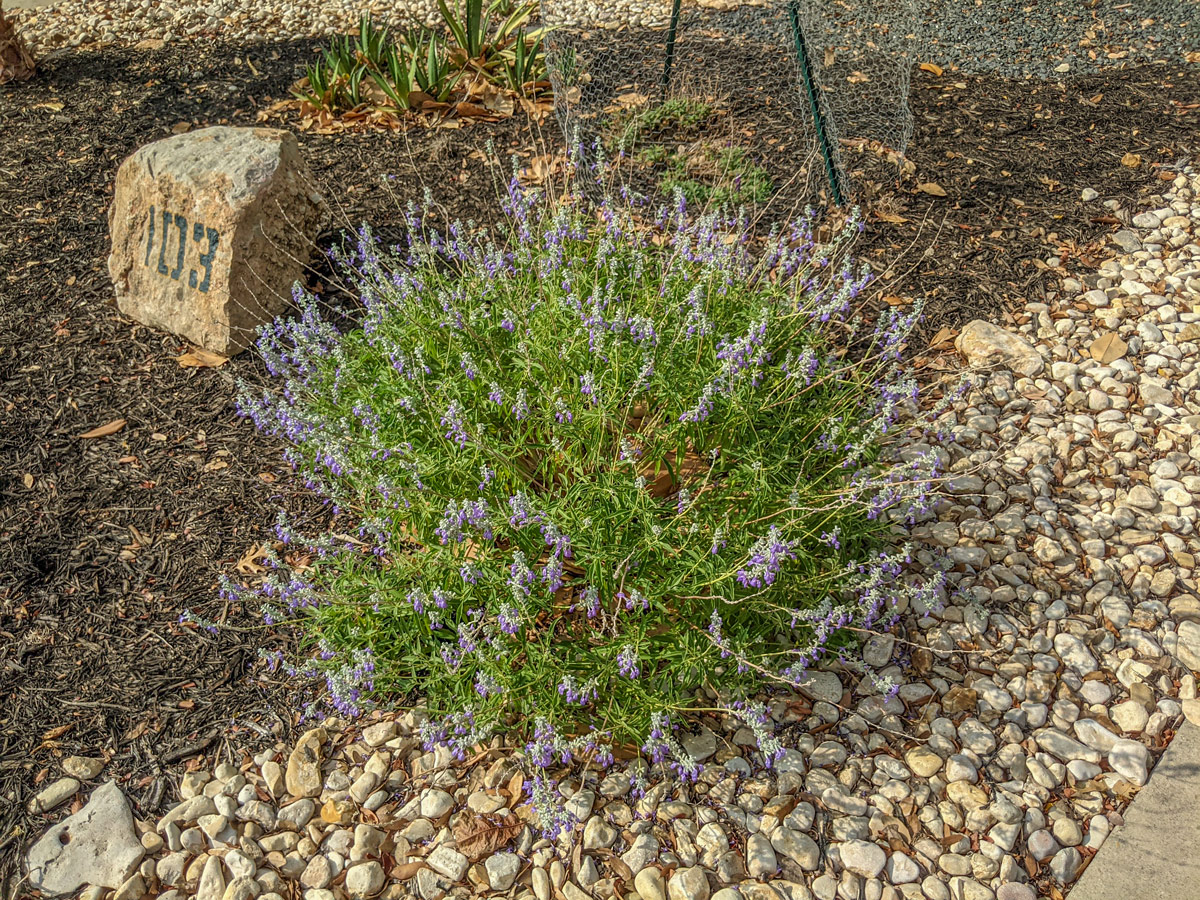
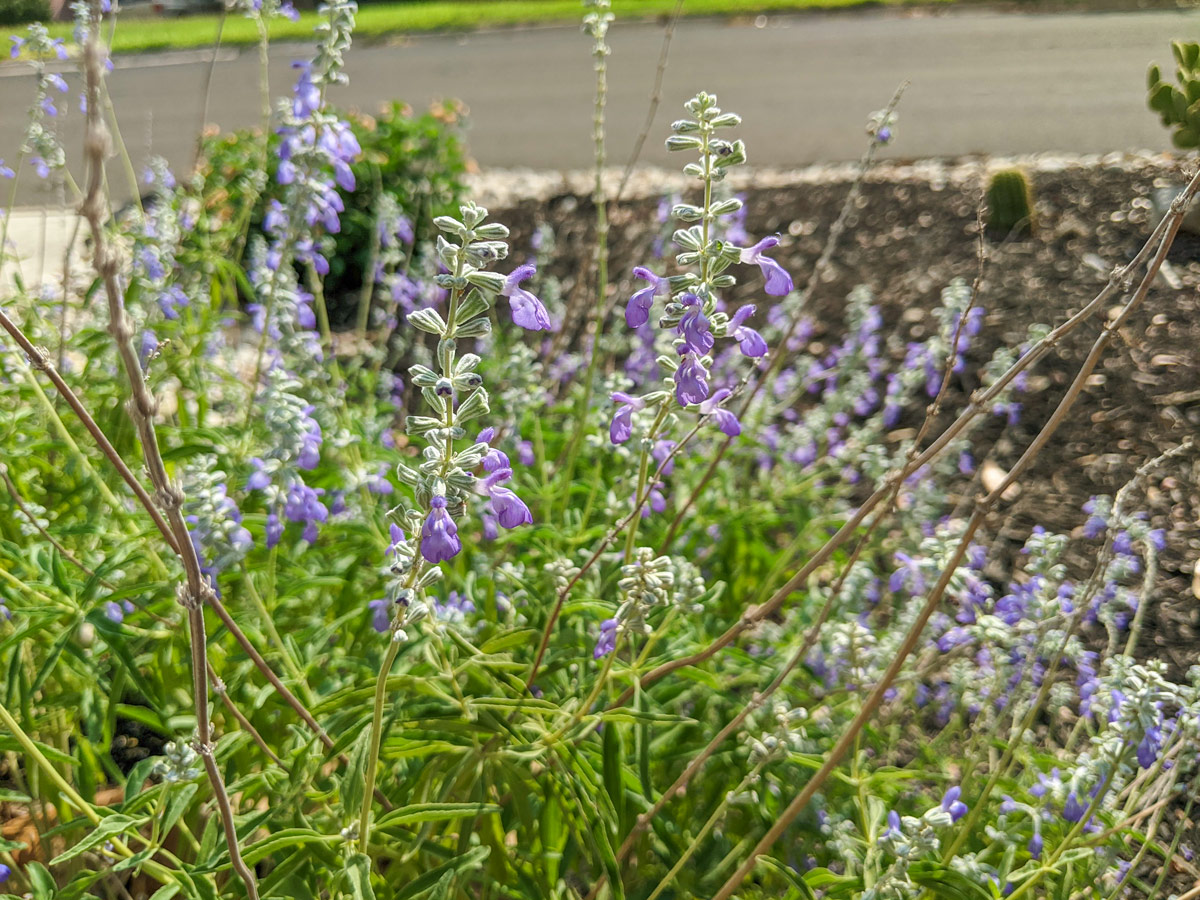
Cactus
You can’t have a desert landscape without some cactus.
I have a bunny-ear cactus, a barrel cactus, and an old man cactus (that’s really what it’s called! I’ve had him for years now and he’s made several moves). Full sun and a little water are all they need.

Shrimp Plant
These little guys have the most interesting flowers and guess why? Because they look like shrimp!
Does well in most light conditions, I have mine in the shade, but does best with a little morning sun. Hummingbirds love these as well.

Turk’s Cap
Another super hardy plant that can thrive in any light condition and one of my favorites. You can plant these in the sun or shade and it does great. I have mine in the shade. They have cute, twirly flowers that come in red or pink that butterflies and hummingbirds love.
A perennial in South Texas, but more of an annual in North Texas- be sure to check your zone before planting!
Both my Turk’s Cap and Shrimp Plant survive on rain water alone. They’re in the very back of my garden where the hose won’t reach.
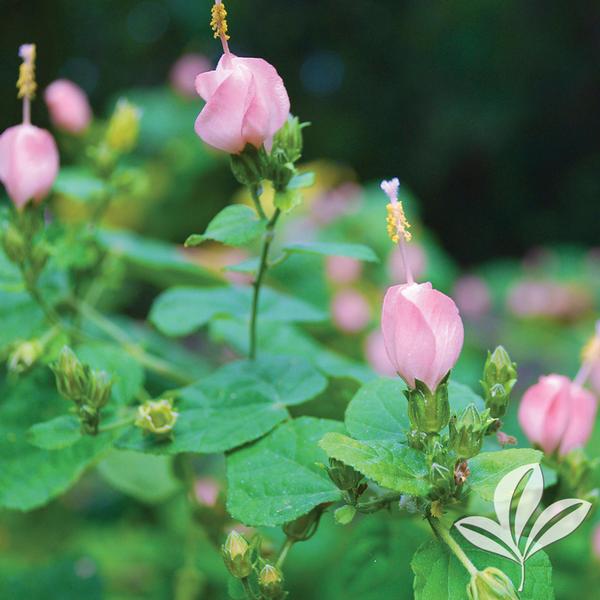
Time to get planting!
This is by no means an all-inclusive list. There are TONS of plants that do well in Texas. Use the Earth-Kind website and Google to research plants and find what will work best in your area. If you’re in another state other than Texas, look up your local Master Gardener program. They’ll have resources that can help you get your garden started.
Remember to plant in the Spring when the threat of frost has ended and when it’s cooler for you to be outside! It’s also easier on the plants you’re transplanting. Avoid planting in the dead of Summer and Winter. While some plants can take it, most have a harder time establishing in extreme conditions.
Top tip: if you’re planting trees, a good way to remember when to plant is Texas Arbor Day which is always the first Friday in November. That’s the best time to plant a tree in Texas!
